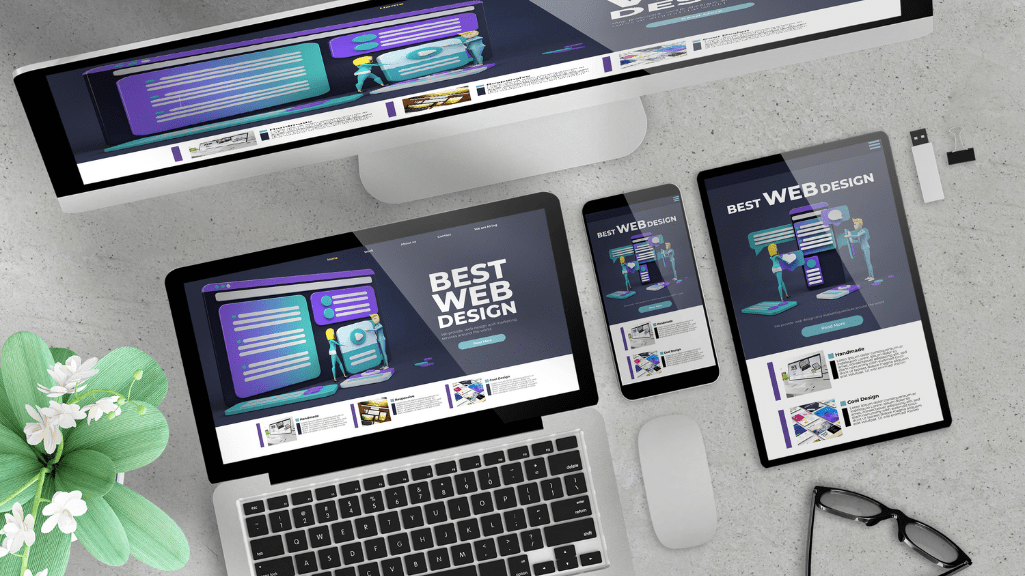In a world overflowing with stimuli, there’s a growing appreciation for the simplicity and elegance of minimalist design. From sleek architecture to clean digital interfaces, the ethos of “less is more” has permeated various aspects of modern life, influencing everything from fashion to interior décor. But what exactly is minimalism, and why does it continue to captivate us in an age of excess?
Minimalism is more than just an aesthetic trend; it’s a philosophy rooted in the idea of stripping away the unnecessary to reveal the essence of a concept or object. Originating in the visual arts in the early 20th century, minimalist principles have since transcended disciplines, shaping the way we approach design, architecture, and even lifestyle choices.
At its core, minimalism advocates for simplicity, functionality, and clarity. It rejects superfluous ornamentation in favor of clean lines, geometric shapes, and a restrained color palette. By eliminating distractions, minimalist design allows the focus to shift onto the essential elements, creating a sense of harmony and balance.
In architecture, minimalist structures often feature open floor plans, ample natural light, and an emphasis on spatial relationships. Think of the iconic works of architects like Ludwig Mies van der Rohe and Tadao Ando, where every element serves a purpose, and there’s a seamless integration between the built environment and its surroundings.
Similarly, in graphic and web design, minimalism emphasizes usability and user experience. Streamlined interfaces, intuitive navigation, and generous whitespace guide the viewer’s attention and enhance readability. Companies like Apple have made minimalism a hallmark of their brand, with clean, uncluttered designs that prioritize functionality without sacrificing aesthetics.
But minimalism isn’t just about visual appeal; it also has profound implications for sustainability and mindfulness. By consuming less and prioritizing quality over quantity, minimalist lifestyles reduce waste and environmental impact. Moreover, the intentional curation of possessions can lead to greater appreciation for the things we choose to keep, fostering a sense of gratitude and contentment.
In a world where we’re constantly bombarded with information and distractions, minimalism offers a welcome respite—a chance to pare back the noise and focus on what truly matters. Whether it’s a serene Zen garden or a sleek smartphone interface, minimalist design invites us to slow down, take a breath, and appreciate the beauty of simplicity.
Of course, embracing minimalism isn’t always easy. It requires discipline, intentionality, and a willingness to let go of excess baggage, both literal and metaphorical. But for those who dare to declutter their lives, the rewards are undeniable: a sense of freedom, clarity, and tranquility that can’t be found amidst the chaos of clutter.
As we continue to navigate an increasingly complex and fast-paced world, perhaps it’s time to heed the wisdom of minimalism and embrace the mantra that less is indeed more. By simplifying our surroundings, our interactions, and our lives, we may just discover a newfound sense of peace and purpose in the pursuit of less.




